The Camelot of Cassettes
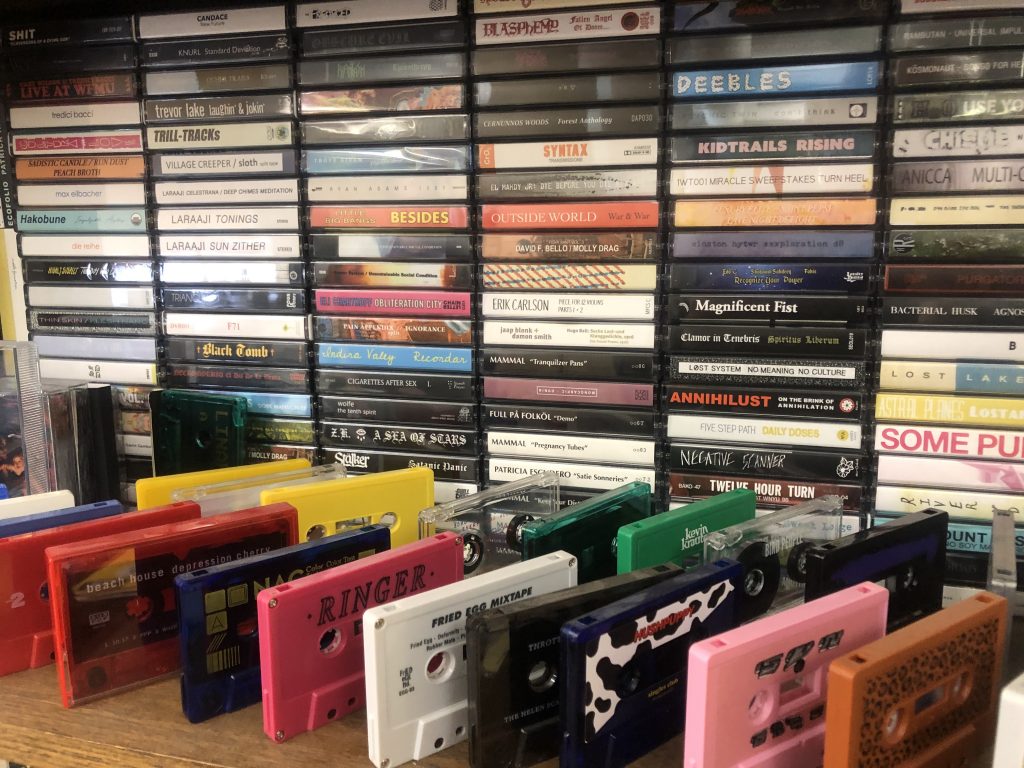
National Audio Company projects (D. Hoekstra photo)
SPRINGFIELD, Mo.—Rewind.
The National Audio Company near downtown Springfield does more than backtrack the past as the largest manufacturer of cassette tapes in the world. Vintage maple desktops in the company’s first-floor office have classic pink “While You Were Out” notepads. Employees still come to offices and answer phones at National Audio, just a country heartbeat from the birthplace of Route 66.
Company president Steve Stepp is a model train buff and sings the praises of songwriter Neil Young, a long-time Lionel train collector, and stockholder. National Audio is across the street from the former headquarters of the Frisco Railroad (St. Louis-San Francisco Railway) which merged into the Burlington Northern Railroad in 1980.
“Neil Young is an analog guy and a train guy, it doesn’t get any better!,” Stepp declared with a big smile during a late March conversation in his office where a back wall features a rare black 1938 Lionel steam locomotive.
It has gotten better for National Audio, founded in 1969.
Business is booming.
National Audio is spinning out cassette tapes for Taylor Swift, Notorious BIG, Billie Eilish, Lady Gaga, and even the TV show Bob’s Burgers. The rock band Metallica told Stepp that the next time they are in Central Missouri they want to do a photoshoot with their guitars in front of the tape manufacturing department. Metallica has re-released more than a dozen of their albums on cassettes from Springfield. Projects coordinator Jessica Kemna said, “We do those and then we do stuff you’ve never heard of. Metal bands that order 50 tapes and that’s it.”
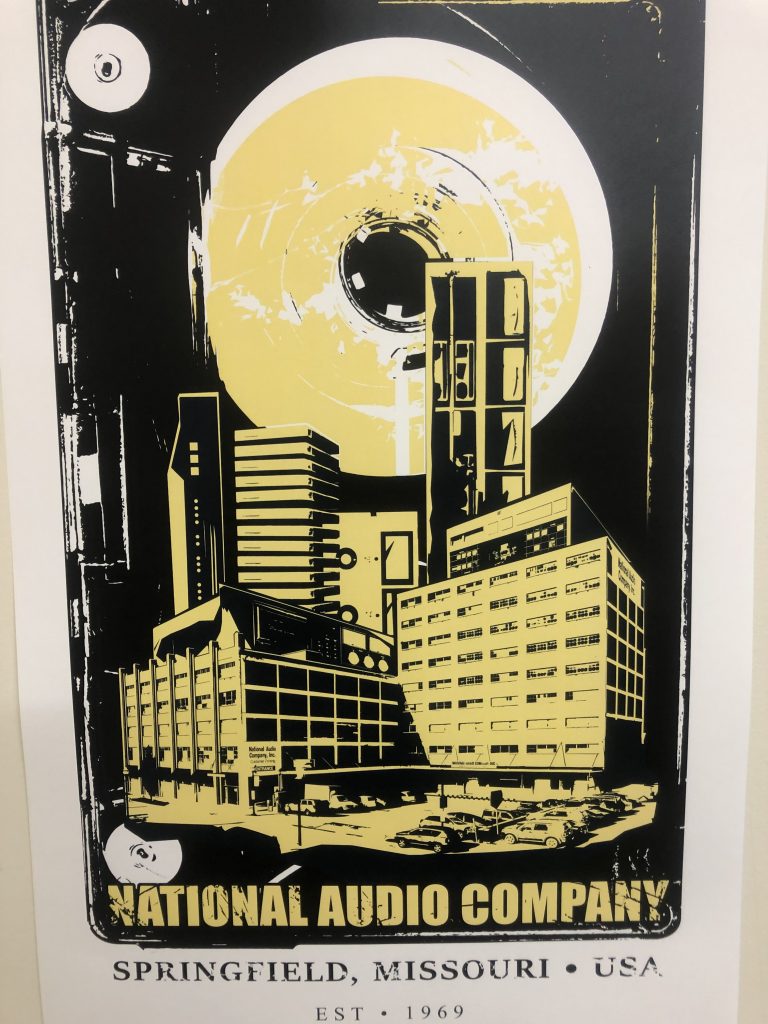
Steve Stepp and his father Warren started National Audio to distribute reel-to-reel magnetic tape to recording studios, radio stations, and television stations within 500 miles of Springfield. The cassette was just six years old in 1969.
Today, National Audio makes 30 to 35 million cassettes yearly. They’re not all music cassettes. The catalog also includes Books on Tape, courtroom tapes, and services for the Library of the Blind. They’re manufacturing blank audio cassettes. According to Gear Patrol Magazine, the variety of cassette tapes offered within the United States has been growing by double-digit percentages yearly (33 percent from 2019 to 2020.)
For someone living in the Chicago area, I thought I knew a lot about Springfield. I have visited the “Queen City of the Ozarks” more than 30 times to see the superb American rock band The Skeletons and then to work on and then screen our documentary “The Center of Nowhere: The Spirit and Sounds of Springfield, Mo.”
For more than 20 years the beloved late Springfield bassist-singer-producer Lou Whitney told me about the many charms of his adopted hometown. Our documentary didn’t even have room to fit it when Uncle Lou shared the story of flamboyant mob boss John Gotti dying of cancer in 1990 in the federal prison in Springfield.
But Lou never brought up National Audio. Ironically, the downtown company is located in two warehouse buildings across a parking lot from a “Sounds of Springfield” mural that features local heroes The Skeletons, Ozark Mountain Daredevils, The Philharmonics, and others.
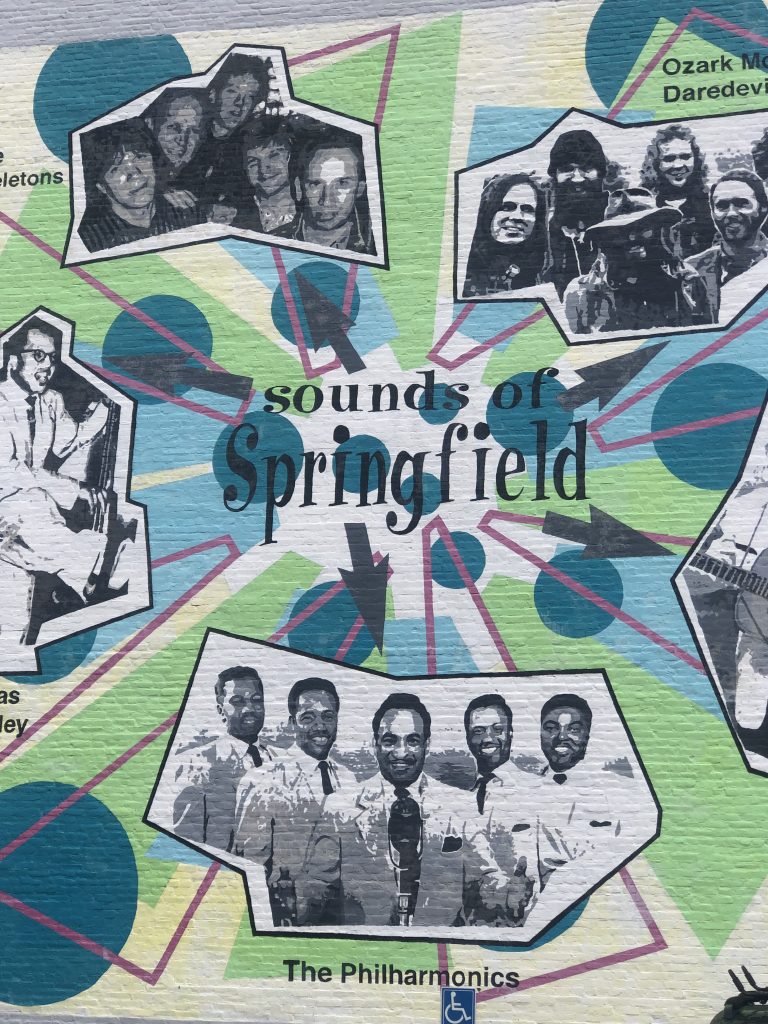
National Audio sold Lou blank tapes for his reel-to-reel mastering decks. “It was a good relationship,” Steve Stepp said. “We didn’t do any music (tapes) when they were performing. We got into the music duplication business around 2007 when the labels started getting back into it. And when we started there were several studios here. We distributed blank Ampex tape to those studios.” National Audio was the largest distributor of Ampex tape in the world.
I was in Springfield in late March to screen “The Center of Nowhere” at the glorious “Queen City Shout” music festival. During my stay, I visited National Audio not once, but twice.
The company moved into its current digs in 2001. Their main five-story building was erected in 1886. It was formerly the McGregor Hardware distribution warehouse company that served the Frisco. Then,
in 1927, a nine-story building went up next door. National Audio uses the first five floors of both buildings for its operation. The top four floors of the 1927 building are rented out for storage.
Phil Stepp is the third generation of Stepps to work for the company. His father is Steve Stepp. Phil has an amazing mind for detail. He talks like a doctor because he owns a doctorate in neuroscience from the University of Missouri (Columbia.) During a tour of the facility, Stepp recalled, “In the late 1990s my Dad said, ‘I don’t know how long tapes are going to be around. You might want to do something else’.” Stepp studied biology, chemistry, and psychology at Missouri. He became Professor of Neuroscience at Drury University in Springfield before returning to the family business in 2018.
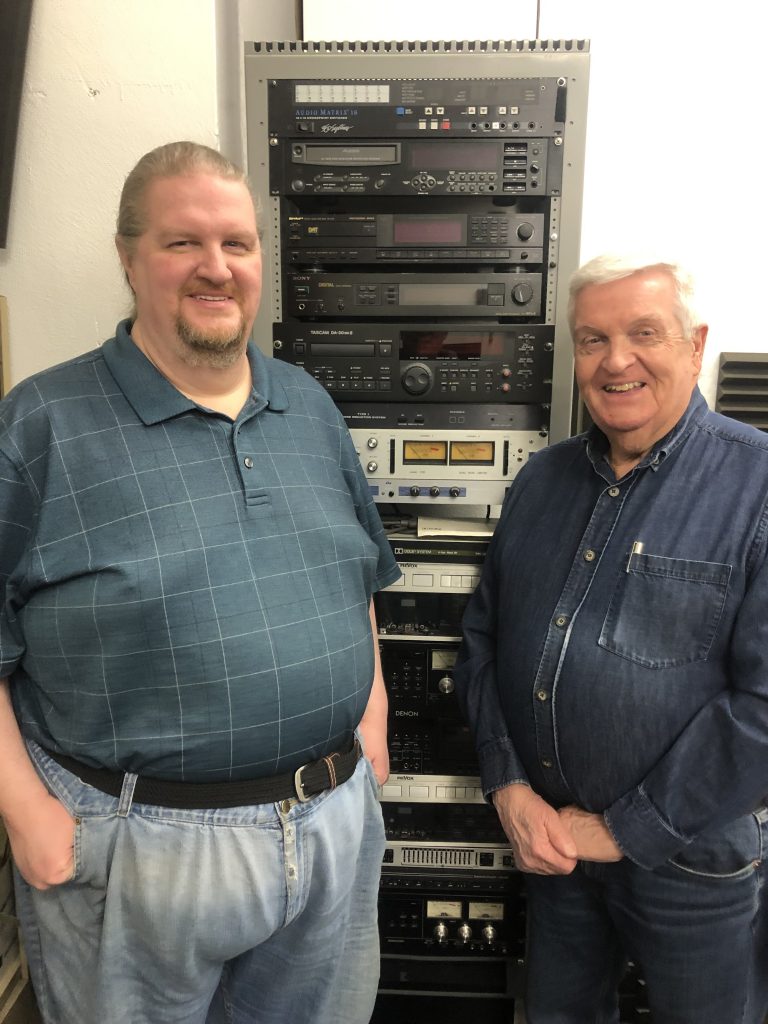
Reelin’ in the years: Phil Stepp (L) and his father Steve. (D. Hoekstra photo.)
Phil’s grandfather Warren was a minister around Central Missouri. After Warren retired he became a partner in a business that installed sound systems in grocery stores, restaurants, and factories in nine midwest states. Phil, 48, understood that the third generation of a family business often struggles to stay involved. “To a degree,” he said. “At the end of the ‘90s, CDs were on the rise. We were still doing steady business with tapes for court systems. But as far as tape sales commercially, there wasn’t a lot going on. That came back around 2009 and took off in the last seven or eight years. People started liking tape as a nostalgia factor. Then they realized it sounds a lot better than an MP3 or digital.”
To make his point, Phil pointed out a framed cassette from Disney’s “Guardians of the Galaxy” soundtrack. National Audio was given the award in 2015 for the first platinum seller of tapes in 30 years.
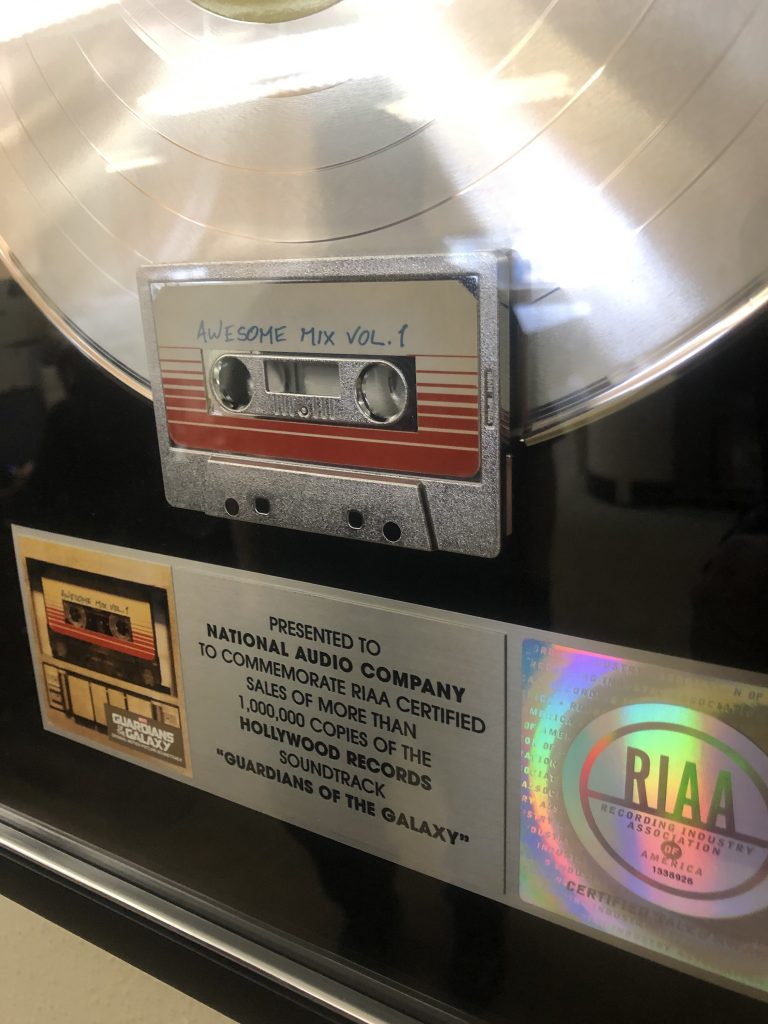
“We’re the only people making music cassette tapes,” Stepp continued. “The under-40 demographic is buying a lot of them now because the sound quality of an analog recording on tape is better than digital.”
In the analog world, the output is similar to the input.
Phil explained, “On digital, you can only record the single frequency or the singular tone per millisecond. With analog, you can record anything that’s in existence that the tape will pick up—if it is loud enough to be picked up. You get harmonics that way, which you can’t get off a digital recording.”
Independent labels ignited the cassette renaissance. “It was an inexpensive way to get their music out quickly,” Steve Stepp said. “The Smashing Pumpkins and Pearl Jam were the first major bands who decided to do commemorative cassettes to see if there was a market. And there was.”
And now, more than 180,000 masters of various projects are safely stored on the third floor, poised for reorders. In 2017 National Audio released the mixtape “Genuine Springfield Hometown” that features local roots music acts Mood Ring Circus, Daisy Pusher, Molly Healey, and Funk Tank.
For further reading, check out “Mix Tape: The Art of Cassette Culture” by Sonic Youth’s Thurston Moore. He argues that the mixtape led to the playlist, which I figure lead to Spotify.
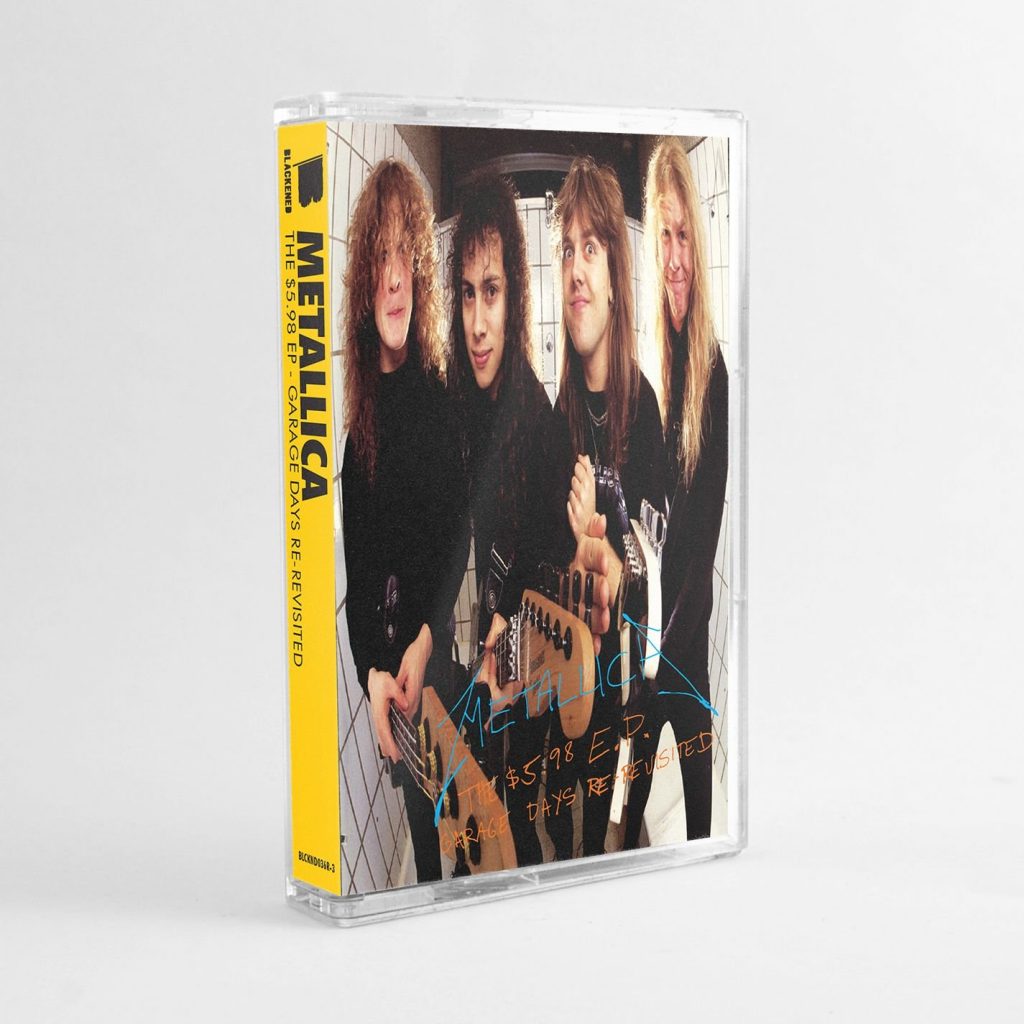
Those of us who grew up on cassettes and made mixtapes remember the hiss on the tape. In the recording process, tapes pick up everything in the room, which creates a light hiss.
National Audio discovered ways to minimize it. “A lot of that is due to static charge build-up on the tape,” Phil explained. “We put carbon black on our tape which reduces static to make it a lot quieter. They don’t let you ship the carbon so we have to pick it up in St. Louis or Chicago. If a bag gets punctured, it goes everywhere. The individual granules of carbon black are ten times smaller than a granule of talcum powder.”
His father added, “In the 1970s and 80s everybody was manufacturing tapes. There were a lot of bad tapes on the market. So there were a lot of hisses. The tape is way better now. There are three manufacturers of tape in the world. There’s one in China. One in France. And there’s us.”
Five different tapes are being made and National Audio is the only company that makes music-grade cassettes. “The guys in France (Recording The Masters) make an excellent voice grade,” Steve said. “The guys in China make a terrible tape. A lot of it is in the oxide. Oxide can be somewhat magnetic, normally magnetic, or highly magnetic. You want the highly magnetic because you can record a much higher signal.”
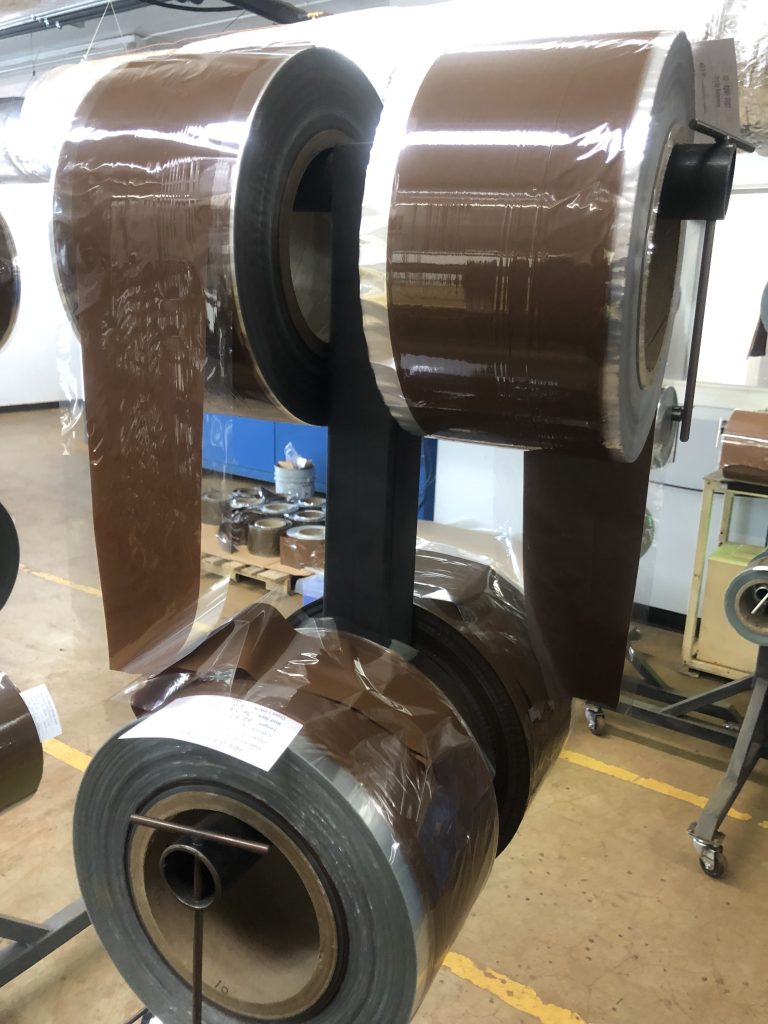
Clients send a reel-to-reel, cassette, or TIF file for National Audio to work with. “We don’t prefer MP3s,” Phil said. “They are the most compressed of all of them and the fidelity is terrible. We clean up the audio, get rid of the hiss, and take precautions to brighten the highs and make the bass sound more booming. We turn out about 20 projects a day.”
Springfield’s location in the center of America makes it convenient for shipping. “This is the route of Old 66 and I-44 now,” Steve said. “The rail is still good. It isn’t always a convenient place to get products in. All of our products are domestic except the plastic that is molded for us in Italy. Right now it is three to five months by the time a container leaves Italy and gets here. Three years ago the cost of shipping a container from Italy was $4,000. Now it is $20,000.”
During the first day of my two-day visit mastering engineer Austin Baker was working on a cassette project for the low-fi black metal band Celestial Sword. He was hunkered away in his office surrounded by nearly a dozen pieces of sound foam on the walls to dampen the sound without distortion.
Baker, 33, has a degree in audio engineering from Missouri State University in Springfield. National Audio employs 40 people and about a third of those are musicians. Baker has played in rock, metal, and outlaw country bands. “I’ve worked here going on seven years but before that, I didn’t know about this,” he said. “I thought maybe they made microphones. All these tapes I buy were made a couple of miles from my house.”
The company makes its tapes on the second floor of the warehouse. Phil said, “We’ve been told by chemists and engineers this is the hardest manufacturing process there is. There is so much going on and you have to know the chemistry and the physics of it to make a decent tape that sounds good.”
I will try to condense this complicated process.
For the completist, free appointment-only tours can be made at National Audio Company.
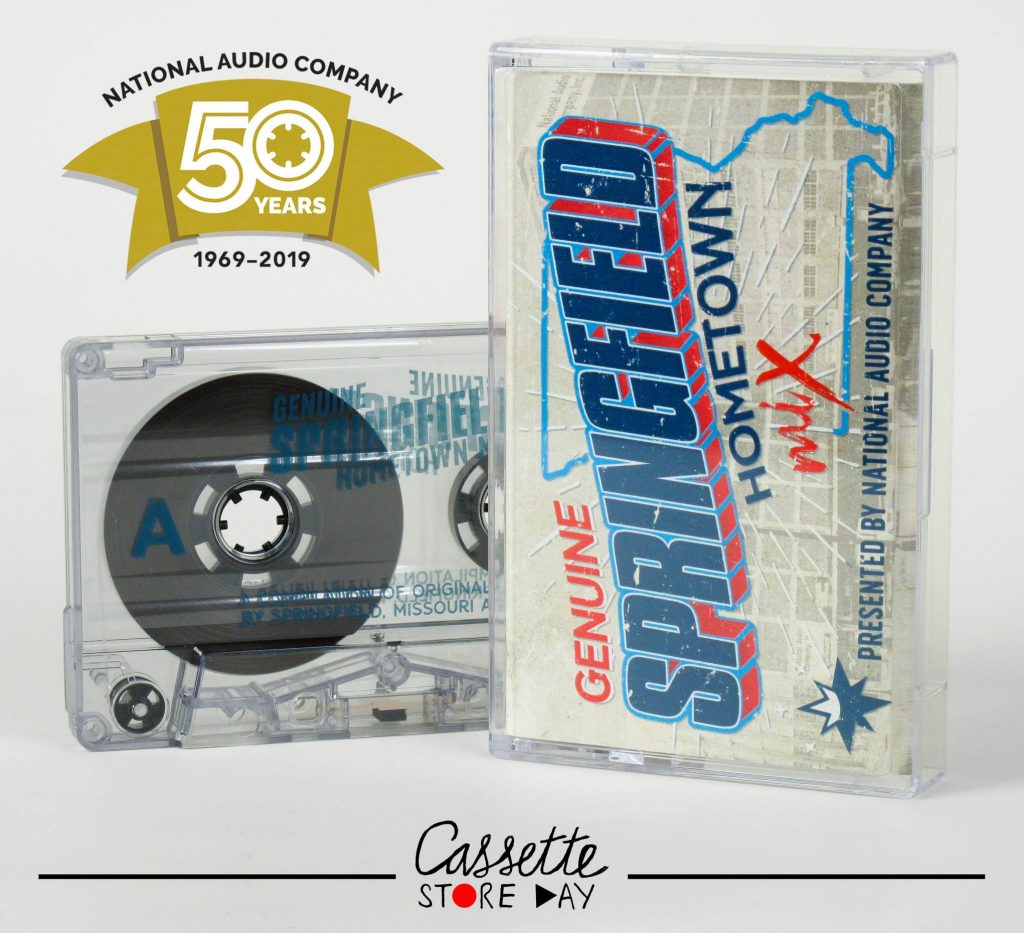
Springfield local music mixtape made for Cassette Store Day
The project begins with 55-pound bags of magnetic iron-oxide. Phil Stepp looked at a large pile of bags and said, “This is supplied by a meteor that struck the earth probably 130 million years ago. It’s not just normal iron. We take the solvent and dissolve polyurethane beans, which is the binder (like what makes paint stick to a surface) over plastic. Then we mix the iron oxide after that is dissolved with the carbon black for the static and hiss.”
The concoction looks like chocolate pudding and smells like alcohol. I recall something like that when playing my Jefferson Airplane cassettes in 1967 in my parent’s suburban basement. Air pressure propels the oxide out of the pressure pot on the coating line and then onto the tape. A LED light with a camera checks for possible gaps on the tape. The large rolls of tape are eventually sliced into 40 individual hubs of cassette tapes, each one 10,000 feet long.
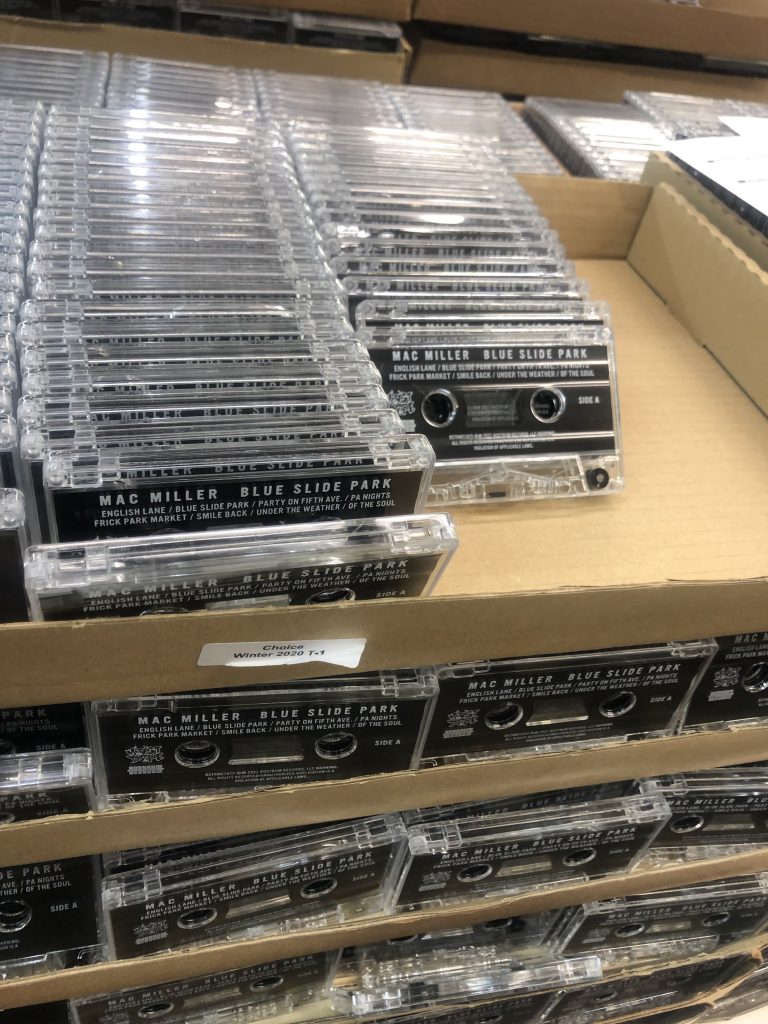
Frat rapper Mac Miller, ready to roll.
I almost stumped Phil. I asked how many cassettes one hub could make. “Wow, how many total cassettes?,” he said. “On one hub of tape, you can make about 35 sixty-minute cassettes. So 40 times 35….” The answer is 1,400 cassettes.
Ovens are heated up to 240 degrees Fahrenheit for optimum temperature. Then air is blown in from the outside to evaporate solvents on the tape. “It’s the same idea if you spilled water on your counter and used a hairdryer to evaporate it,” Phil said. “Once the tape gets coated it floats on a pad of air on the curvature of the oven. They don’t touch any rollers so there’s less chance of breaking or snapping.”
A weather monitoring station sits on the roof of the National Audio building. Steve has a monitor tucked away in his office where he can watch barometric pressure, humidity, and wind speed. When it’s cold and wet outside it’s harder to bring the ovens to the correct temperature and humidity. This means the solvents don’t evaporate off as quickly, which results in sticky and unusable tape.
During my tour, Phil glanced at a weird machine from the 1960s and said, “This is a vibrating magnetic spectrometer where we look at the physical properties of any given oxide or any magnetic compound, actually, on a tape to see where it is most responsive at what currents for recording or duplication.” Wow! I had not had this much fun since I met Stormy Daniels at the Admiral Theater in Chicago.
Steve reflected on the ample history of his equipment. “People like Capitol and RCA had their own duplication houses,” he said. “When they were going to get out of cassettes and go to CD, most of them sold their equipment to us.” The building’s third floor also includes a machine shop where the company makes its own parts. The shop also can repair the equipment that dates between the 1950s and 70s. Printing for the cassettes is done on the first floor. The color and black and white artwork fold into the cassette box. The company will do up to 500 orders. Anything more than 500 is sent to a printing shop in Springfield.
The first floor also includes a five-foot-by-eight foot recording booth. The industrial-looking booth is used for books on tape readings, local television folks, and other voice work. National Audio obtained the booth in a 2004 buyout. Phil said, “We bought a bunch of audio equipment from a California sound studio. You can hear your heartbeat in there.”
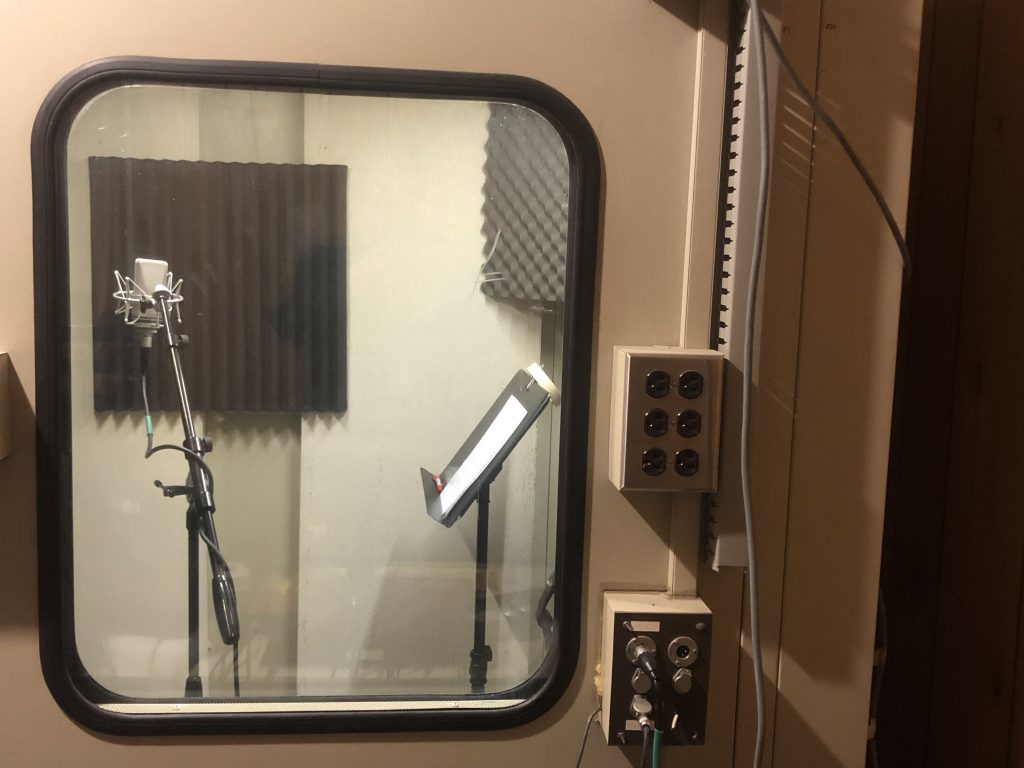
National Audio voice-over booth. Paging Bill Kurtis.
Steve later rewound to election night 2016 when he was watching television with Phil. He said, “Whew, among other things going on we learned that very day that Saehan in South Korea–the last people making music grade tape–were going to stop at the end of the year.”
Steve contacted them to ask how much tape they had. “They answered ‘300,000 reels’,” he said. ‘I told them, ‘Ship it.’ We knew we had three years at the rate we were using tape then to either get out of business or make tape. That’s when we started the process of rounding up equipment that was scattered all over the country.”
I never throw anything away. I have stuff scattered all over my house. So I’m fortunate that I still have a Sanyo boombox with a cassette player and a Nakamichi BX-1 tape deck as part of my stereo system. Since I visited Springfield, I’ve been buying cassettes from Tapehead City including their affordable line of tapes made for prison inmates. I bought “The Best of Barry White” for $10 which must go down real lonely in the slammer.
“Yes, you can still buy cassette players, and no we won’t make them,” Steve said. “Tascam is building some players. Morantz started building them. I don’t think their decks are as good as they were years ago but Tascam is a workhouse. There’s a lot of inexpensive stuff you see in Christmas catalogs with knockoff Walkmans.” Phil added, “I was talking to someone about a year ago who wanted to put out the Walkman again. But the blueprints and schematics had been destroyed.”
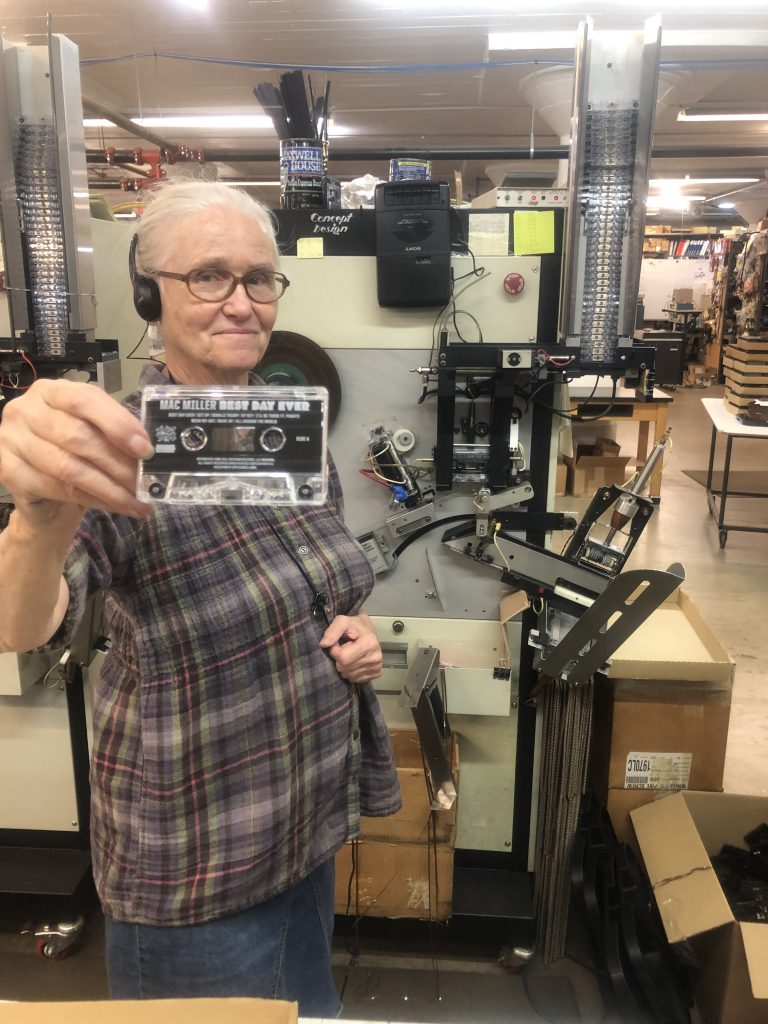
Employee Barb Jilek before she tape loads into a cassette shell. (D. Hoekstra photo,)
I also have memories of tapes breaking and even having some precious tapes sliced back together. “Tapes break because of the decks, not because of the tape,” Steve explained. “The rubber pressure that pulls the tape through begins getting slick due to tape stiction (when tapes gain water vapor) coming off on them.” Water vapor also damages tapes if they have been around people who smoke a lot, so beware of used Grateful Dead cassettes.
Steve said, “The tape will start running up and down between the roller and the capstan (rotating spindle.) Eventually, it reaches the top of the capstan, wraps around it, ties itself up, and rips out. The rollers can also wear unevenly. Everybody remembers tapes tearing up. But it’s people who didn’t keep their tape decks clean. You can clean them with rubbing alcohol.” Of course. My time spent at National Audio was a great refresher course.
And now my memories are rolling forward.



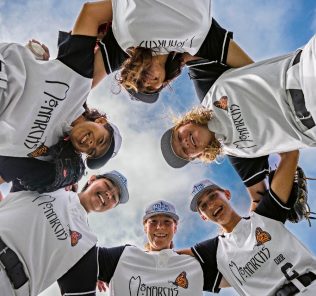
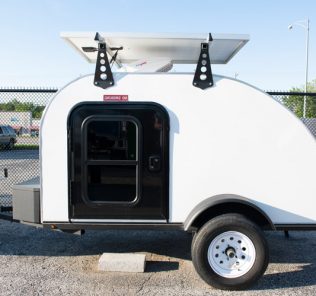
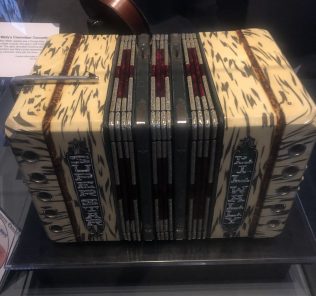
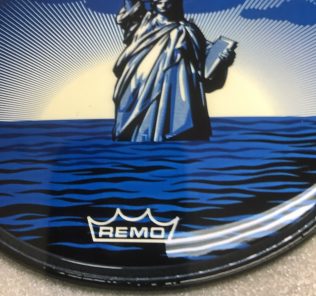


Leave a Response